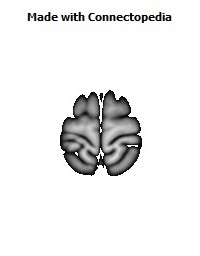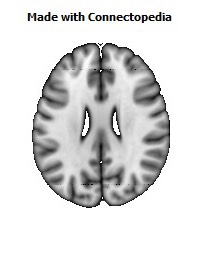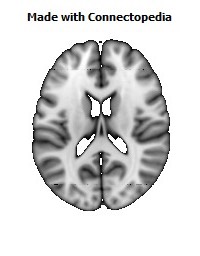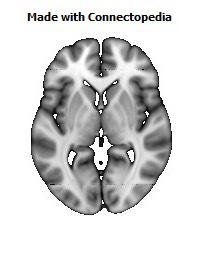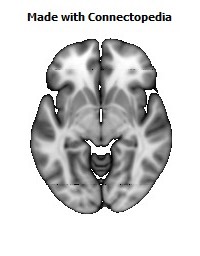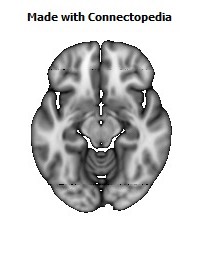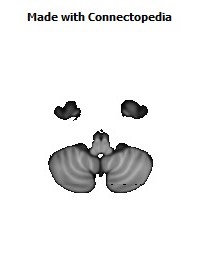
The inferior parietal lobule (IPL, subparietal district or lobule) lies below the horizontal portion of the intraparietal sulcus, and behind the lower part of the postcentral sulcus. Also known as Geschwind’s territory after Norman Geschwind, an American neurologist, who in the early 1960s foresaw its importance.
Structure
It is divided from before backward into two gyri:
• One, the supramarginal gyrus, arches over the upturned end of the lateral fissure; it is continuous in front with the postcentral gyrus, and behind with the superior temporal gyrus.
• The second, the angular gyrus, arches over the posterior end of the superior temporal sulcus, behind which it is continuous with the middle temporal gyrus.
Function
Inferior parietal lobule has been involved in the perception of emotions in facial stimuli, and interpretation of sensory information. The Inferior parietal lobule is concerned with language, mathematical operations, and body image, particularly the supramarginal gyrus and the angular gyrus.
Clinical significance
Destruction to the inferior parietal lobule of the dominant hemisphere results in Gerstmann's syndrome: right-to-left confusion, finger agnosia, dysgraphia and dyslevia, dyscalculia, contralateral hemianopia, or lower quadrantanopia. Destruction to the inferior parietal lobule of the non-dominant hemisphere results in topographic memory loss, anosognosia, construction apraxia, dressing apraxia, contralateral sensory neglect, contralateral hemianopia, or lower quadrantanopia.





